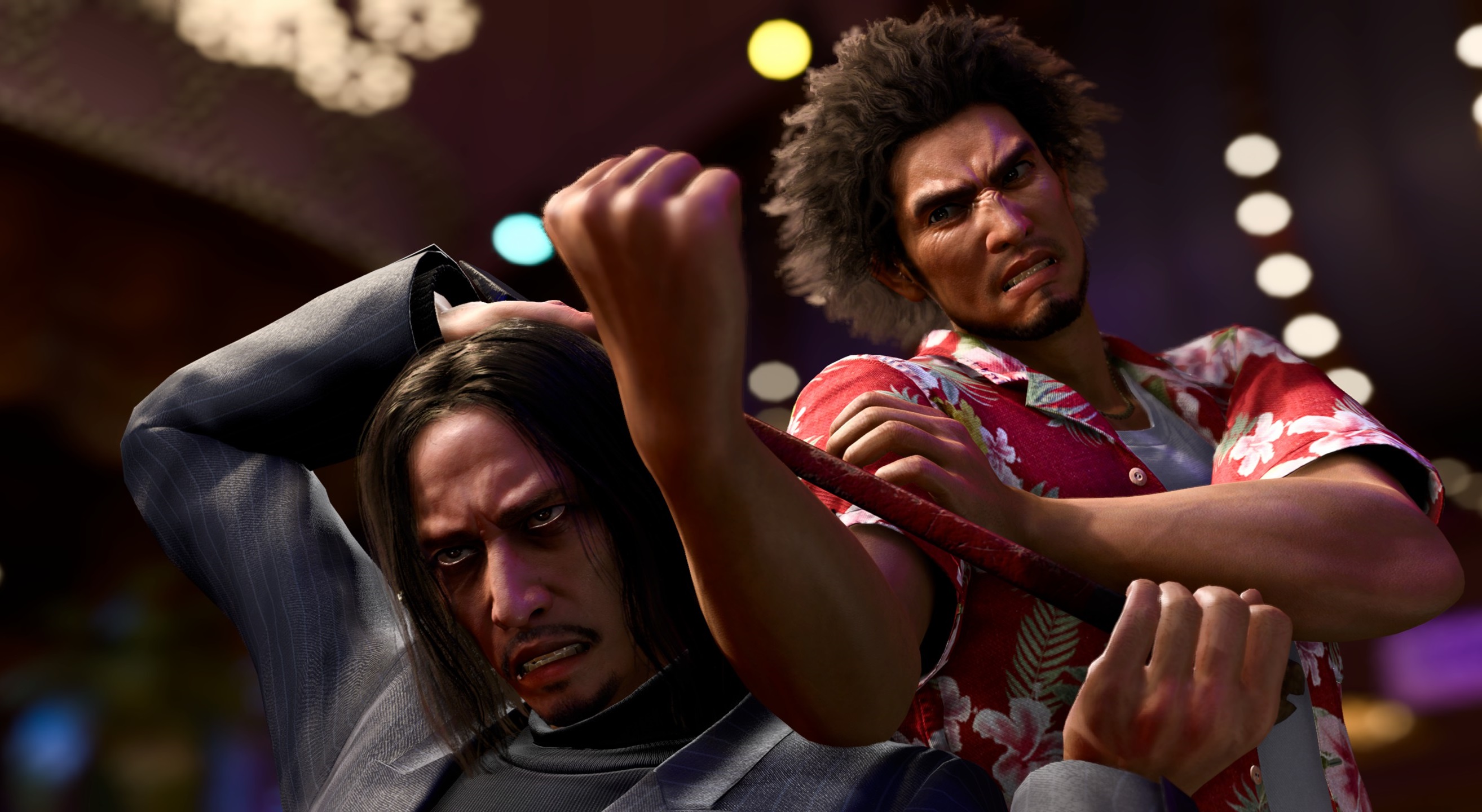Our Verdict
Stuffed with content and pathos, Infinite Wealth delivers a near-excessive amount of urban crime-drama adventure.
PC Gamer's got your back
What is it? The second turn-based JRPG in the Like A Dragon/Yakuza series
Expect to pay £59.99/$69.99
Developer Ryu Ga Gotoku Studio
Publisher Sega
Reviewed on Windows 11, Nvidia 4090, Intel i9-13900k, 64gb DDR5 RAM
Steam Deck Playable
Link Official site
Like a Dragon: Infinite Wealth feels indulgent in a way few games get to be. Enough drama to fill two normal Yakuza games, a Hawaiian city sparkling in the sun (the largest environment in the series yet) and an absurd lineup of minigames including resort management and creature taming. It's impossible to go five minutes without it excitedly thrusting another glossy distraction in your face, even as stakes escalate. Honestly, better than most vacations I've been on.
Most of Infinite Wealth's issues come and go in the first 15 hours of its sprawling narrative as it tries to introduce a cast of dozens, the city of Yokohama, and give a crash course on current protagonist Ichiban Kasuga; former Yakuza grunt turned 40-something hero with a heart of gold.
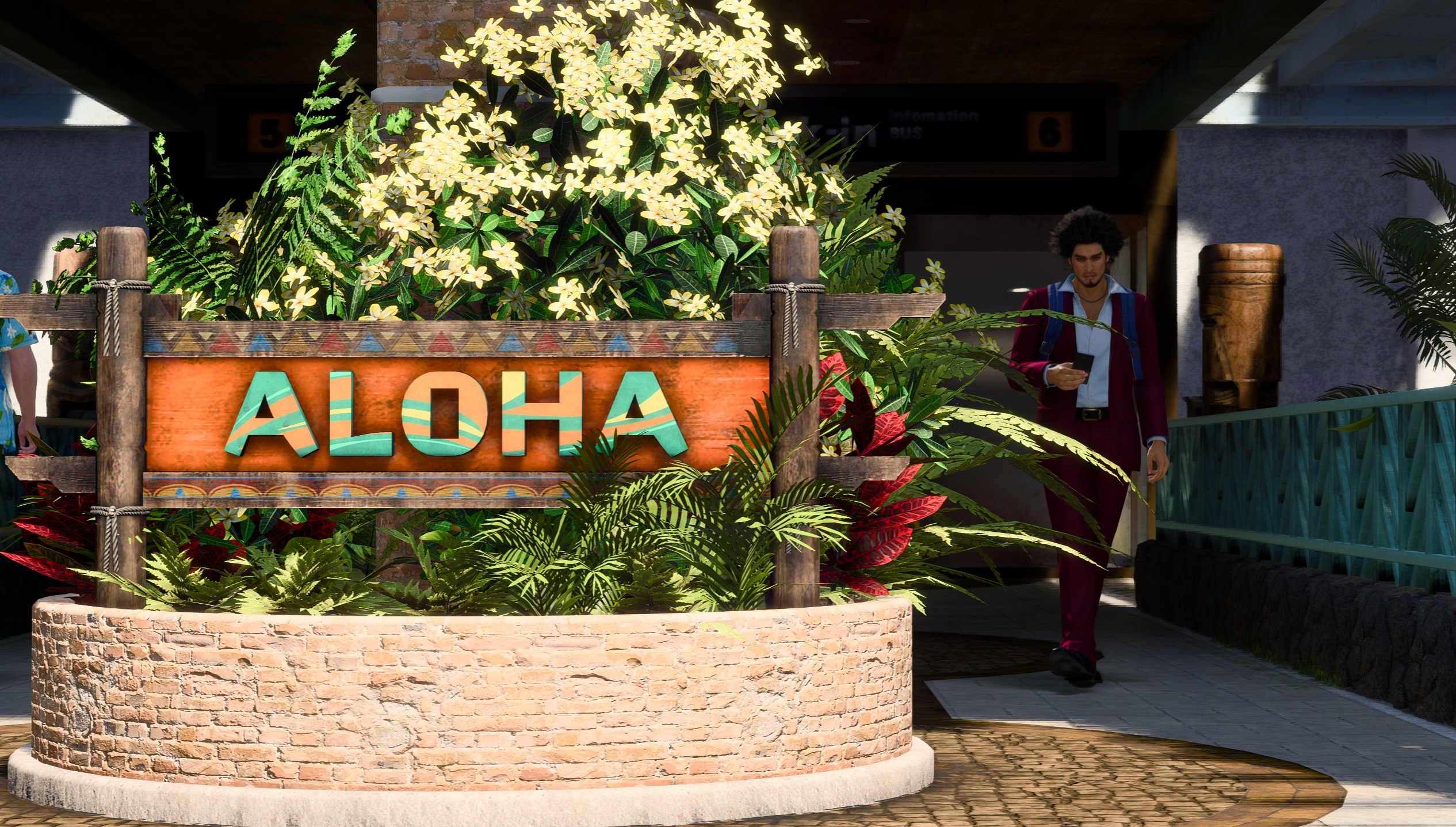
As a longtime Yakuza player I felt more than a little bit of déjà vu while Infinite Wealth crawled its way through old gameplay mechanics, characters and locations. Despite some strong narrative beats early on, it does take a while for Infinite Wealth to 'get good', but I swear it's worth the wait.
Tropical punch
Like A Dragon's metamorphosis into an RPG series feels complete here, shedding its Shenmue-esque brawler roots in favor of a fast-and-loose turn-based battle system with some timed hits, mashing on some rapid combos for extra damage, or in sync with a big impact for extra damage. Similarly, incoming attacks can be weakened if you tap the block button just before it lands, although enemy animations are often unpredictable enough to make this tricky.
Even with these light action elements, I never found it demanded too much thought on the default difficulty, but that's fine. It captures that familiar messy, loose feel of classic Yakuza combat. That helps keep fights fast and breezy feels all the more important considering the hundreds (potentially thousands) of street brawls you'll be getting into.
Combat works fundamentally similar to the previous game, but now offers far more fine-grained control over fights. Enemies no longer get to launch infuriating opportunity attacks out-of-turn, for starters. Better yet, you're now free to reposition your characters before launching an attack, lining up angles and ideally slamming one street punk through three or four of his friends, leaving them all in a tangled, always-satisfying mook-pile.
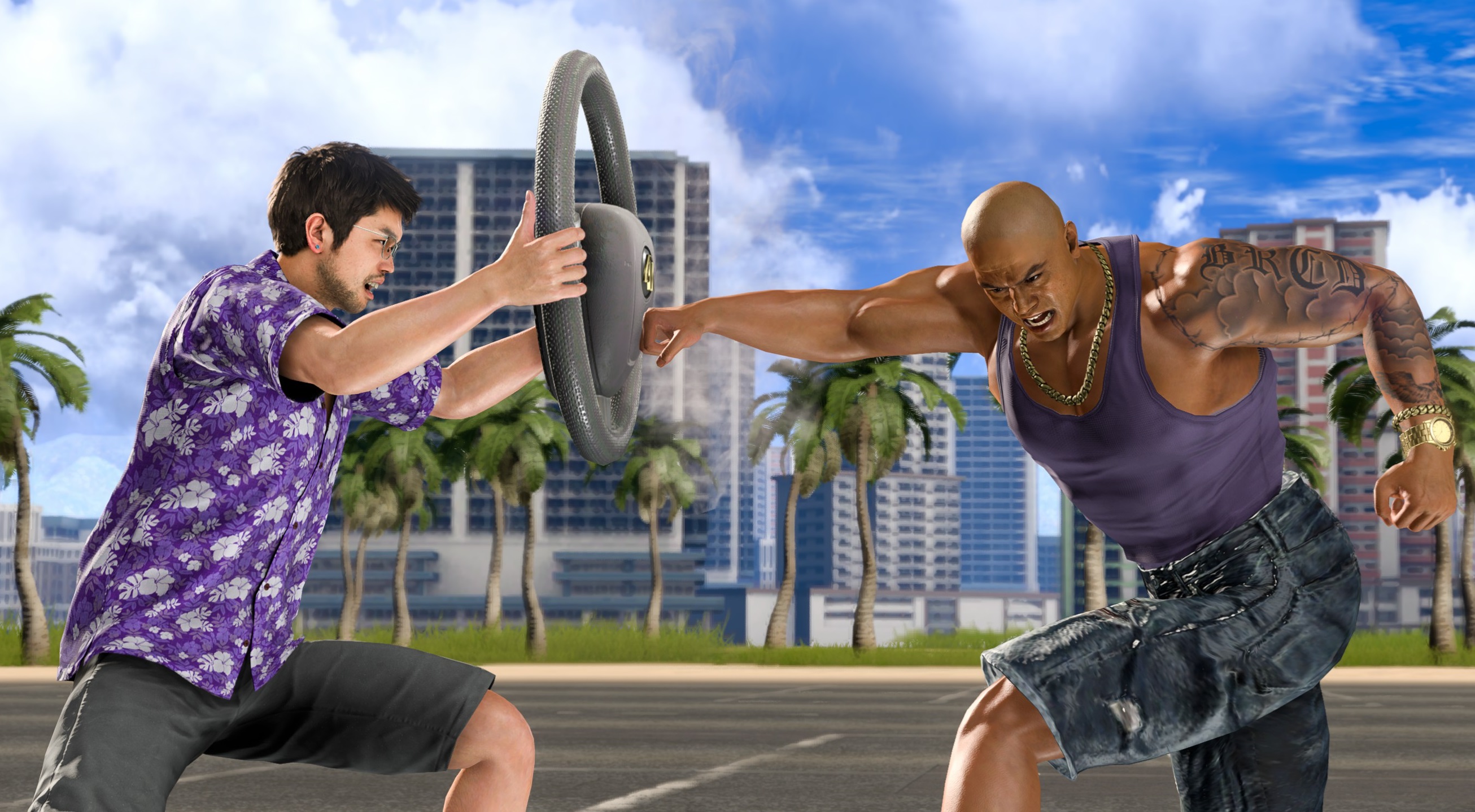
Even if the combat is straightforward, the characters and the variety of enemies lend it plenty of color. Ichiban still possesses a fevered, Dragon Quest-tinged imagination, transforming regular street toughs into absurd cartoon stereotypes when encountered. Dockworkers become pirates, belligerent Soundcloud rappers become KISS-inspired metalheads, and security guards transform into robot enforcers.
Dockworkers become pirates, belligerent Soundcloud rappers become KISS-inspired metalheads, and security guards transform into robot enforcers.
The larger-than-life punks present a fun array of targets to be kicked, punched and exploded by Ichiban's new party of pals, including Chitose (a wealthy but street-savvy young heiress who fights with ballet moves) and Eric Tomizawa, a dour cabbie who fights with tire wrenches, road flares and other improvised tools of the trade. These fun new friends are found in the game's primary city hub, Honolulu; a gorgeous, open Hawaiian city that finally feels large enough to support the game's JRPG ambitions. Certainly more spacious than the previous game's Yokohama.
But the fighting is just the connective tissue, and the real red meat at the core of any Yakuza/Like A Dragon game is the storytelling, usually a mixture of gritty crime drama, manly tears and the occasional comic relief side-story. That holds true here too, but on a grander, weirder scale that buckles a little under the weight of its own ambition. Despite its lengthy run-time, Infinite Wealth might actually be trying to tell too much story. Or at least, too many of them.

The story here kicks off a couple years after Ichiban's last adventure, which led to the dissolution of the two biggest Yakuza organizations in the country. Now he's happily working a desk-job at the local job center, and (being absolutely pure of heart) using that role to help those displaced Yakuza reintegrate into society.
In this series good times never last, and through a mixture of a truly disastrous first date (I'm STILL feeling the aftershocks of second-hand embarrassment), a run-in with a muck-raking VTuber and reports that his long-lost mother might still be alive, Ichiban ends up hopping on a plane to Hawaii to become embroiled in yet another grand criminal conspiracy in need of a beatdown.
One wrinkle is that this is almost equally a story about original Yakuza hero Kazuma Kiryu, who Ichiban meets up with not long after arriving. The old dragon thoroughly steals the show whenever he's on screen, which is a lot of the time. Not to play down Ichiban's enthusiastic power-of-friendship schtick, but Kiryu has built up a critical mass of pathos and drama over his decades of street brawling misadventure.
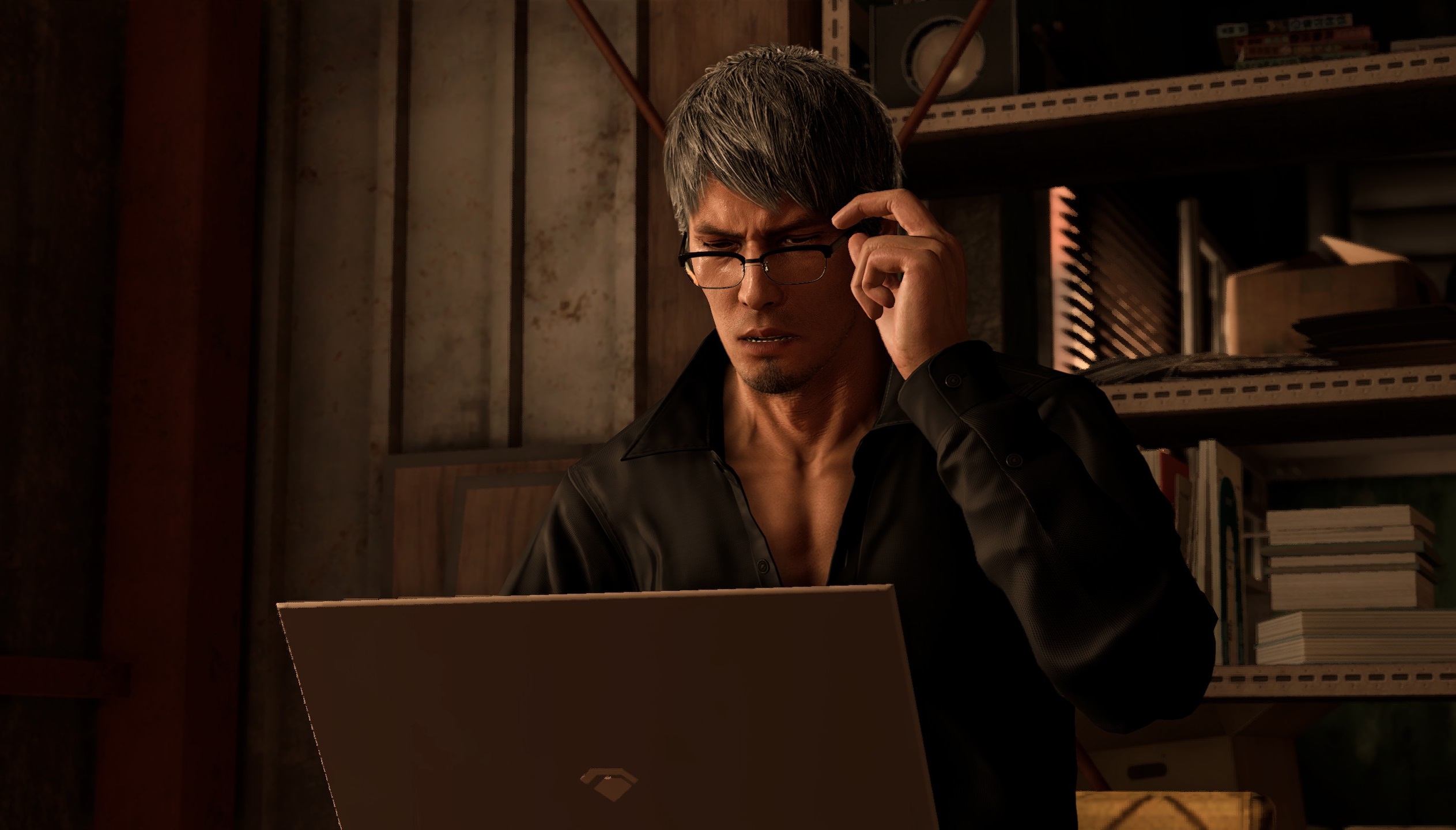
Kiryu's a full-on silver fox now. An aged powerhouse that now has to lean on his friends a little bit more, wrestling with a too-late cancer diagnosis while also (sometimes literally) wrestling with the ghosts of his past, trying to set as much right as possible while ticking good times off his bucket list. It's powerful, emotionally resonant stuff, sometimes standing at odds with Ichiban's more whimsical adventures.
Double Dragon
How does the game handle these two story threads at the same time? By barely even trying. While Kiryu and Kasuga work together in Honolulu for a while, the story eventually has them split up to work alongside full parties of their own, and tell stories better geared to the individual heroes. Ichiban stays in Hawaii's sunny, open streets while Kiryu returns to the cozier roads of Yokohama and (eventually) a tour through his old, ultra-dense stomping ground of Kamurocho. The narrative then bounces between two tonally divergent storylines that sometimes intersect.
This leads to some oddly paced segments, where you'll play through 5-6 hours of what feels like a dramatic finale for one plot thread, only for it to switch protagonists and begin the buildup to yet another equally lengthy finale for the other protagonist. It almost feels like I was playing two separate Yakuza games and tagging between them, with Kiryu's side of the story claiming the lion's share of fist-pumping, hype-inducing callbacks to classic Yakuza, while Ichiban gets some larger-than-life setpieces that feel straight from his wildest dreams.
Both stories are consistently thrilling despite their divergent tones, but sitting through more endings than Peter Jackson stuffed into Return of the King can lead to fatigue, especially on a review deadline. This juggernaut would be better played over the course of weeks or even months. And there's still so much to do outside of the main plot.

Each of the three city hubs is packed with distractions and minigames. There's a fun Crazy Taxi-inspired food delivery minigame, plus series standbys like shogi, poker, mahjong and darts, plus an assortment of emulated SEGA arcade classics like obscure 3D brawler SpikeOut. Karaoke returns, of course, with Kiryu getting to pour his heart out over Baka Mitai once more.
Karaoke returns, of course, with Kiryu getting to pour his heart out over Baka Mitai once more.
While the side-stories give both heroes plenty of laughs and pathos, Kiryu's tend to hit old fans (like me) harder, featuring chance meetings with young friends that have grown up, old friends in their own twilight years, and grappling with how his world has moved on. While Ichiban's search for his mother can tug on the heartstrings, he does lend himself better to wackier scenarios, including callbacks to past run-ins with rampaging mega-roombas and adult baby fetishists, serving as vital comic relief, offsetting the heavy stuff.
There's plenty of opportunities to grind around town, with Hawaii and Japan each holding a multi-tier procedurally generated dungeon for when you absolutely need some extra experience and cash. And for the really cash-strapped, there's plenty of additional money-making opportunities stemming from the two 'core' minigames, the Sujimon League and Dondoko Island, which tie back into the main game.
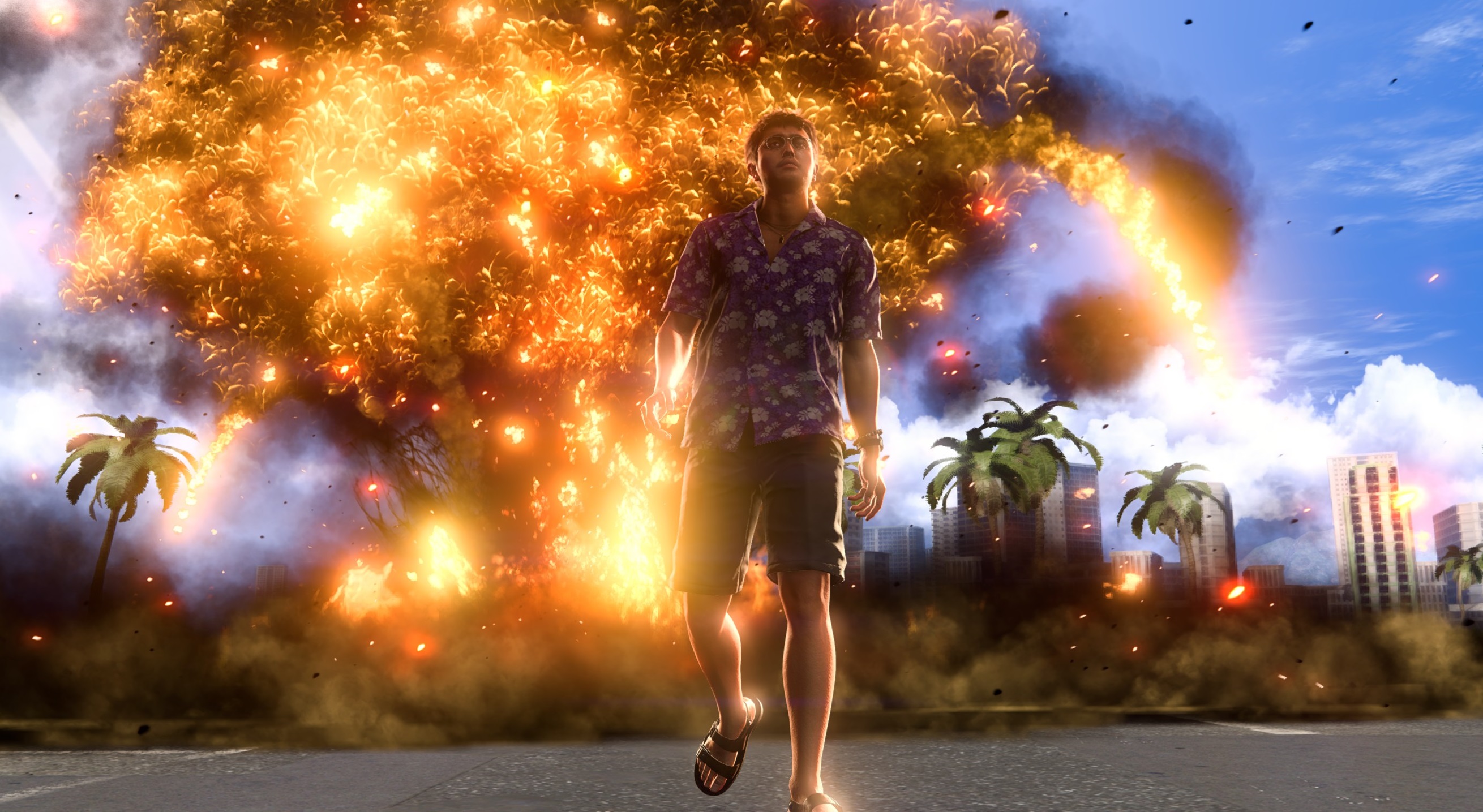
Dondoko Island managed to hold my attention best. A loosely Animal Crossing inspired side game about restoring a garbage-covered island back to a five-star resort, it's bright and breezy fun, and vice gripped onto the part of my gamer brain that loves seeing numbers spin up exponentially as guests I met in the main city hubs came to visit my increasingly flashy island. Hitting the final goal of a five-star resort took me about eight hours total, providing enough money to financially trivialize most of the rest of the game, plus a powerful attack for Ichiban. All in all, a nice break from the main story after my first 30 hours.
Sujimon League is a creature-battling side game (using the various weirdos that you encounter as 'monsters' in the field) that feels more like a light mobile gacha game than Pokemon, right down to 10-pulls of random new fighters threatening your (virtual) bank balance. It's a cute excuse to seek out weird street people to beat up and recruit, but the simple and static battle system didn't do much for me, largely boiling down to having a higher level pack of critter-folk and keeping an eye on their rock-paper-scissors damage types.
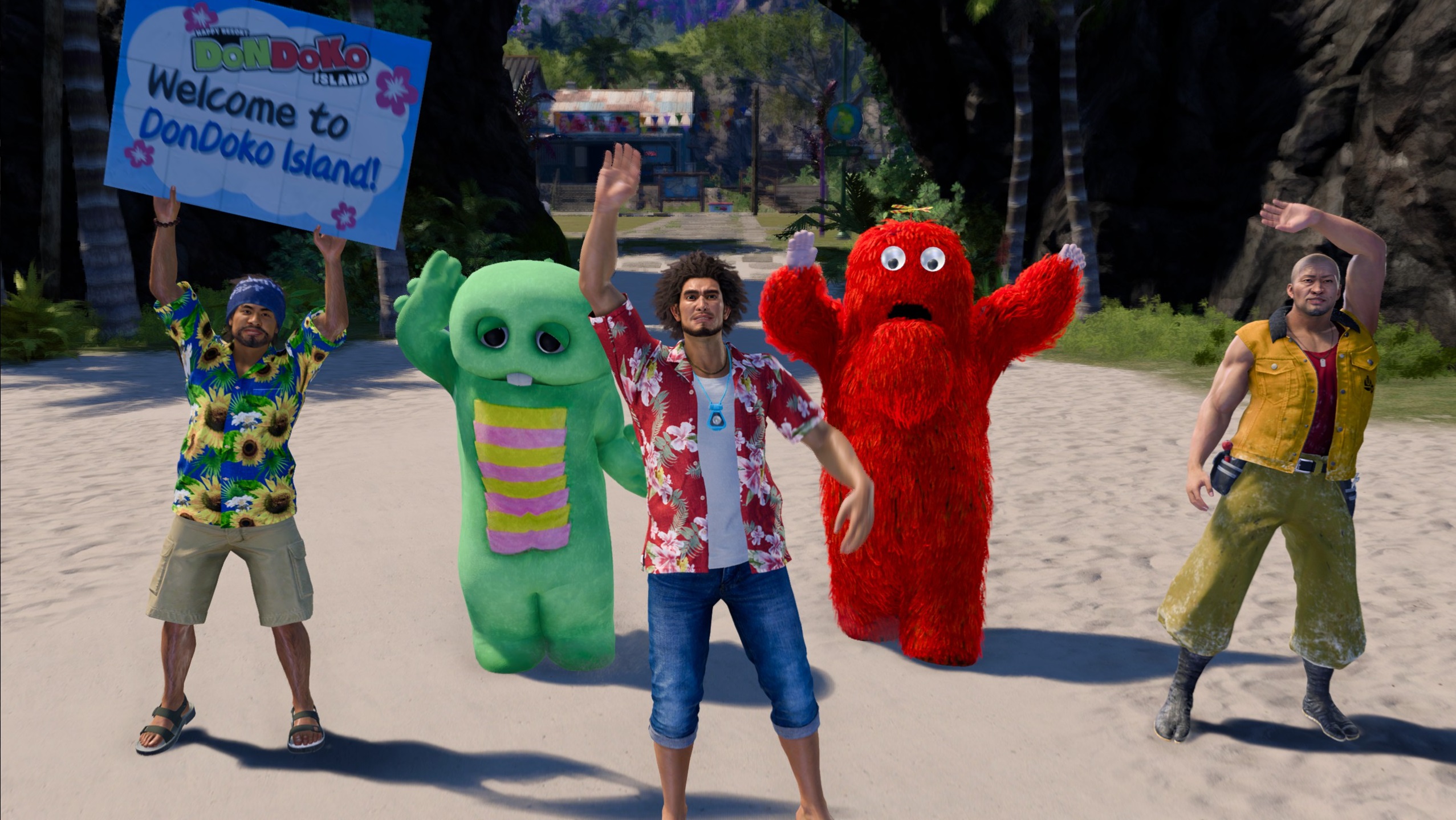
Even making a beeline through the main story (with an excursion for a day on Dondoko Island), you'll still be hard pressed to finish Infinite Wealth in under 60 hours, and completionists are likely looking at 100 or more to see everything that it has to offer—even more if you're willing to splash out for the controversial $15 upgrade to add a New Game+ mode and higher difficulty options.
Personally, as much as I've enjoyed my time on virtual Honolulu's weirdo-packed beaches, I can't see myself going for another trip this side of 2025. One serving of Infinite Wealth is plenty rich enough for my blood. I've still got enough leftovers from this game to last me well into spring.
Stuffed with content and pathos, Infinite Wealth delivers a near-excessive amount of urban crime-drama adventure.
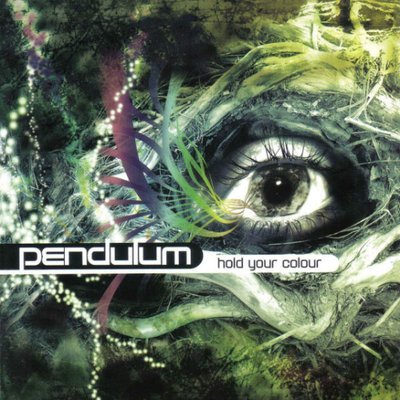
The product of a wasted youth, wasted prime and getting into wasted middle age, Dominic Tarason is a freelance writer, occasional indie PR guy and professional techno-hermit seen in many strange corners of the internet and seldom in reality. Based deep in the Welsh hinterlands where no food delivery dares to go, videogames provide a gritty, realistic escape from the idyllic views and fresh country air. If you're looking for something new and potentially very weird to play, feel free to poke him on Bluesky. He's almost sociable, most of the time.
